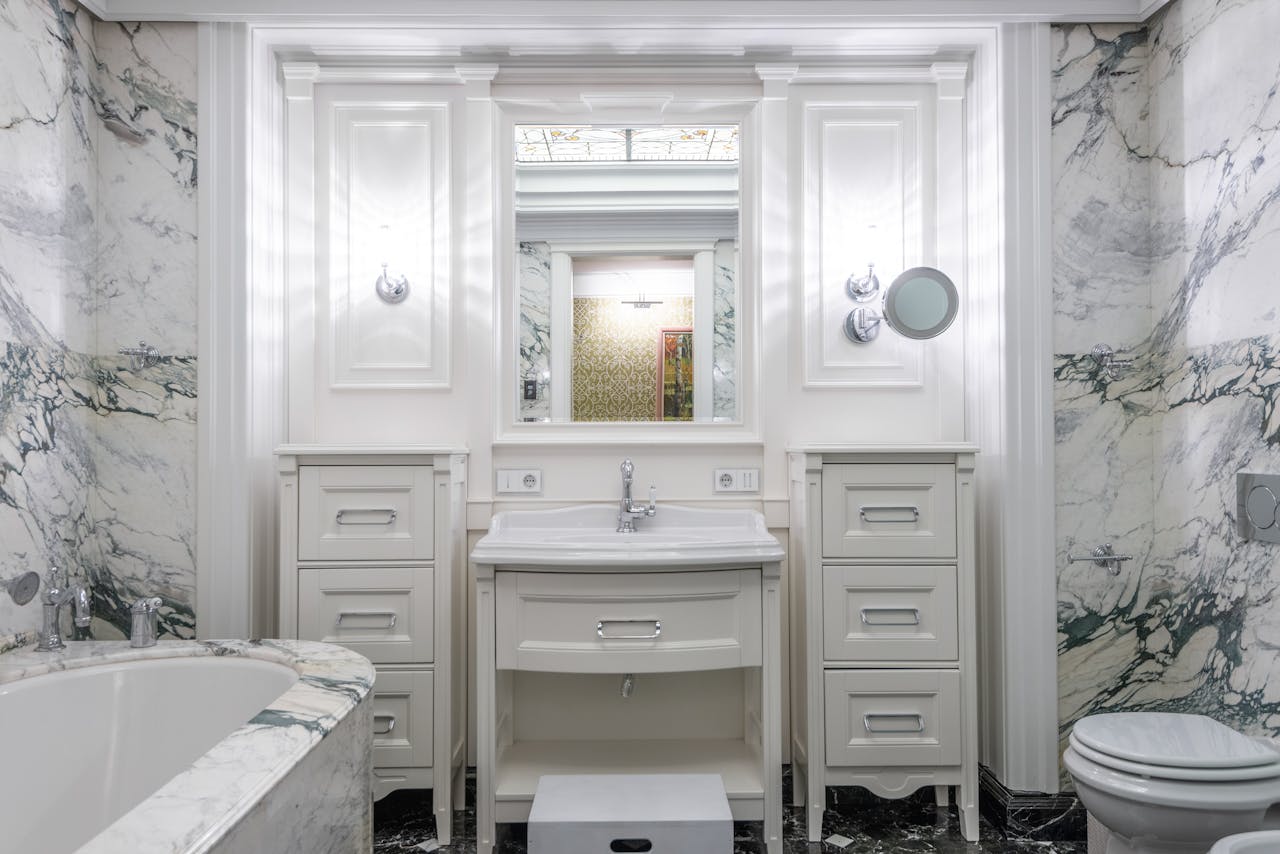
Key Takeaways
- If your bathroom is causing daily frustrations, showing visible wear, or requiring constant repairs, now may be the right time to consider a remodel to restore both function and comfort.
- Additionally, outdated designs, inefficient fixtures, and poor lighting can negatively affect your home’s value. They raise living costs and hurt their region’s overall attractiveness, including in hypercompetitive California real estate markets such as San Francisco.
- Homeowners with growing families, those planning to age in place, and sellers looking to maximize resale value can all benefit from tailored bathroom upgrades that prioritize accessibility, safety, and style.
- Investing in water- and energy-efficient fixtures not only reduces environmental impact but leads to noticeable savings on utility bills in the Bay Area, where conservation and efficiency are highly valued.
- Smart upgrades such as improved storage, modern lighting, heated floors, and spa-like features can transform your bathroom into a personal sanctuary and enhance daily living.
- Careful budgeting and prioritizing essential needs over wants ensure your bathroom renovation remains affordable while delivering long-term benefits and increased satisfaction.
People in San Francisco who deal with old plumbing, chipped tiles, or mold should consider a bathroom makeover right now. People who are thinking of selling in the near future can achieve a higher return on home investment with a more modern environment. Families with young children could benefit from added storage or features that are safer for kids to use.
Renters, with the blessing of their landlords, usually go for easy updates to add personal style and comfort. People with mobility needs, such as seniors, are safer with features like walk-in tubs or grab bars.
Drought worries make residents choose water-saving toilets and shower heads. For families already struggling to pay their energy bills, replacing old fixtures saves money.
Whether it’s peeling paint or grungy grout, it’s smart to make a minor improvement before an issue has a chance to escalate. The remainder of this guide illustrates which steps are most appropriate at which stage and how to get started.
Is Your Bathroom Underperforming?
Like so many people living in today’s urban centers, you may be discovering that your bathroom simply isn’t measuring up. Before long, you’ll begin to notice issues that hamper your morning routine or increase the anxiety of your nighttime bathroom visit.
No other room of the home is subjected to the same amount of moisture. This kind of wear can result in cracked grout, pitted sinks, and even soft spots in wood. In homes like yours in San Francisco and other humid coastal cities, these problems sometimes manifest even sooner.
Daily Frustrations And Inconveniences
Cramped layouts and aging faucets and fixtures that just don’t function like they used to can be a constant source of frustration. Shower floors that just won’t stay drained… oh, the aggravation!
If your bathroom is cramped, you risk running into furniture. You’ll find there isn’t enough space to put your things away. Old, impractical designs may be leaving your space feeling lackluster or more difficult to maintain than necessary.
While these are minor irritations individually, collectively, they add up over the years to make you less satisfied with your home.
Obvious Wear And Tear Signs
Look for cracked tiles, peeling paint, or warped wood. These are more than cosmetic issues. They indicate larger issues with moisture.
Allowing these to go unresolved can allow for mold or more expensive repairs in the future.
Poor Layout Hindering Flow
A cramped or inconvenient layout forces you to navigate around countertops or strain to grab towels. These design decisions delay you and create a less secure environment.
Constant Repairs Draining Your Budget
If you’re constantly calling a plumber or continually patching up leaks, those expenses quickly accumulate. After all, there comes a time when a complete remodel may be the less expensive option in the long run.
Inadequate Storage Creating Clutter
Bathrooms without adequate storage make it hard to keep counters and the floor clean. Installing shelves and cabinets, or swapping in a smart organizer can help.
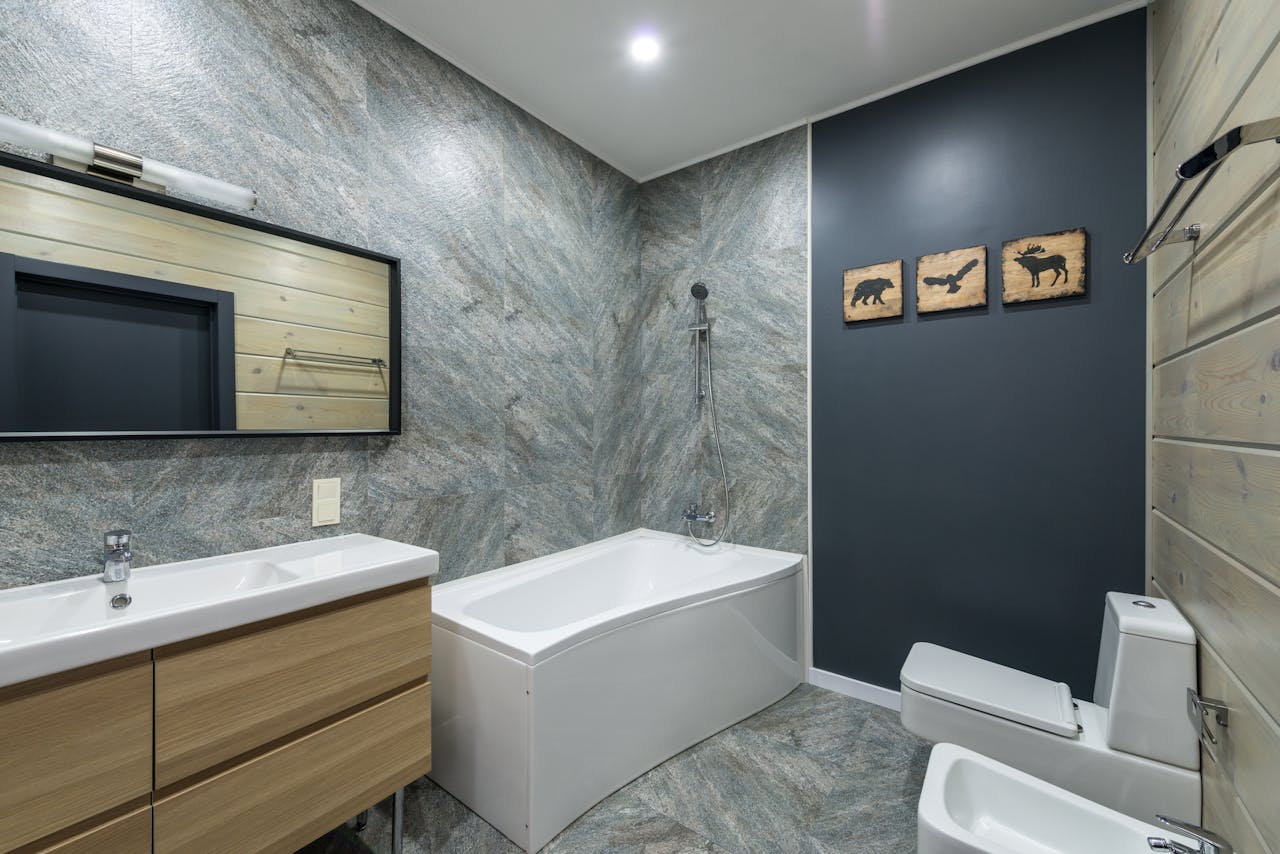
Who Needs A Bathroom Makeover Now?
Beyond aesthetics, a bathroom remodel should be about customizing your home to fit your lifestyle today and your needs tomorrow. Whether you are a city dweller in a classic San Francisco Victorian or a tech professional in a modern Bay Area loft, a well-designed bathroom can make daily routines smoother, boost property value, and match your lifestyle.
Whether you’re a homeowner, renter, or business, each group has their own motivation for needing a bathroom makeover. By knowing these reasons, you can determine if now is the right time to start your project!
1. Homeowners With Growing Families
Homeowners with Growing Families face Family life changes, and usually in ways that your original bathroom remodel was not planned for. When families expand, the desire for additional space, superior storage, and enhanced durability is evident.
In crowded urban communities such as San Francisco, where square footage comes with a high price tag, making the most of every inch counts. Families with young children may require a double vanity to accommodate the morning rush or a larger tub for bath time.
Storage solutions. Homeowners with growing families know that more people in a home means more clutter in shared spaces, like bathrooms. These surfaces—such as porcelain tile and quartz counters—are easier to clean, too, which can save time and frustration in addition to looking good.
These changes help bathrooms keep pace with family needs, making them more functional for everyone who uses them multiple times each day.
2. Those Planning To Age In Place
Those Planning to Age in Place Aging homeowners increasingly seek opportunities to age in place, or stay in their homes longer. Bathroom safety and accessibilityares important since it’s a time of growing needs.
Standard bathtubs with high sides or slippery tiles can be hazardous. Renovations such as walk-in showers with curbless entries, slip-resistant flooring, and appropriately placed grab bars minimize dangers.
Higher toilets and lever-style faucets assist individuals with mobility or grip impairments. Lighting is huge. Well-lit, glare-free lighting reduces falls risk. With important accessibility features planned ahead of time, homeowners can stay independent longer and not incur expensive retrofits in the future.
3. Sellers Aiming For Top Dollar
For home sellers looking to get top dollar, a bathroom remodel is a no-fail way to get their property noticed. In San Francisco’s hyper-competitive real estate market, buyers reward homes that evoke an impression of move-in readiness and newness.
It’s no surprise buyers look to kitchens and bathrooms first when walking through a home. Low-cost cosmetic fixes, like replacing or refinishing fixtures, adding tile backsplashes, or replacing old vanities with new ones, will enhance attraction and interest.
Subtle, neutral color palettes and finishes with classic appeal, such as subway tile or brushed nickel hardware, really shine. They’re essential to helping buyers picture themselves in the home.
Addressing any plumbing issues, such as leaks or old pipes, reassures buyers and avoids red flags during inspection. In desirable neighborhoods, a well-done bathroom renovation can usually return more than one dollar spent per dollar in increased value.
4. New Homeowners With Mismatched Styles
New Homeowners with Mismatched Styles: Buying a new home usually comes with some degree of forced style adoption. A bathroom that clashes with the rest of your home or feels dated can be jarring.
Bringing the bathroom’s design into harmony with your unique style, as well as the look and feel of the home at large, promotes a sense of cohesiveness. A sleek, modern loft prefers frameless mirrors, clean lines, and matte black fixtures.
On the other hand, a Craftsman bungalow sings with natural wood finishes and period-correct tile patterns. Updating lighting, hardware, or paint allows new homeowners to put their stamp on the space, making it truly theirs.
5. Anyone Craving A Personal Sanctuary
Bathrooms can serve as a personal sanctuary, away from the speed and hubbub of urban life.
For individuals who appreciate relaxation and self-care, making the bathroom an oasis is a worthy expenditure. Luxury features such as towel warming bars, rainfall shower heads, and dimmable lighting foster a spa-like retreat just steps away from home.
Gentle color schemes—imagine soft blues, greens, or warm neutrals—create a soothing atmosphere. Installing sound systems, built-in benches or planters, and other design elements can enhance comfort and peace.
These smart improvements make often mundane, everyday experiences become moments of peace, tranquility, and rejuvenation.
6. Eco-Conscious Folks Seeking Efficiency
Sustainability is a top concern for most Bay Area residents. There are more opportunities to save water, energy, and resources in a bathroom remodel than any other room in the house.
WaterSense-labeled toilets and faucets use at least 20 percent less water without compromising performance. Water-saving low-flow showerheads, dual-flush toilets, and LED lighting lower utility bills and shrink environmental footprints.
Opting for recycled or local materials like bamboo flooring or recycled glass tiles can help you practice green building. For homeowners looking to take it a step further, installing a tankless water heater or solar-powered ventilation fan will add efficiency.
These eco-friendly decisions are easier on the planet and your budget.
7. Individuals Facing New Accessibility Needs
Age, illness, or injury can create new mobility or accessibility challenges that existing bathrooms might not be equipped to handle. Widening doorways, lowering sinks, and replacing floor toilets with wall-hung options are just some ways to adapt these spaces.
Others require roll-in showers or shower benches to bathe safely and independently. Non-slip mats, touch-free faucets, and easily accessible storage can increase safety and confidence.
Each adjustment should be tailored to the user’s requirements, whether for short-term recuperation or permanent adjustment.
8. Tech Enthusiasts Wanting Smart Features
Smart features San Francisco’s tech-forward culture has left many homeowners clamoring for smart home integration in every room, including bathrooms. Touchless faucets, smart mirrors with integrated lighting and weather reports, and Bluetooth speakers in shower heads are widely accessible.
Programmable thermostats can control heated floors or towel racks. Leak detectors notify you of potential plumbing issues before they become emergencies, helping you save on costly repairs and inconveniences.
These features add convenience and have the potential to save energy and water.
9. Households With Recurring Plumbing Nightmares
Ongoing plumbing issues, like frequent leaks, poor water pressure, or old pipes, often point to bigger problems beneath the surface. If a full remodel becomes a possibility, it’s an opportunity to deal with these at the root.
Replacing old pipes, rearranging drains, and increasing waterproofing measures stop a problem before it starts, saving taxpayers from expensive after-the-fact emergency repairs. Not only will modern plumbing fixtures perform and hold up better, but itheywill also give your bathroom a more enjoyable atmosphere to use day-in-and-day-out.
10. People Whose Lifestyles Have Evolved
Lifestyle changes sometimes mean that your old bathroom arrangement just doesn’t work anymore. Perhaps remote work has you spending more time at home, or a new exercise routine requires a more convenient shower.
Families will benefit from double sinks, while the solo professional will appreciate more storage for all their gear and gadgets. If you have pets, that might even mean installing a handheld sprayer for those emergency clean-ups.
Each new habit or routine is a chance to reconsider the bathroom. Make those changes to reflect the way a bathroom looks and works today.
Remodel Benefits Beyond Just Looks
Sure, a bathroom redo can offer a fresh aesthetic, but the benefits go far deeper. It provides a multitude of benefits that improve daily living. Not only that, you’ll be able to save more money in the long run and make your home more valuable!
These changes go well beyond looks, impacting how your space functions and feels on a day-to-day basis.
Increase Your Home’s Resale Value
Out of all remodels, an improved bathroom usually provides the most immediate increase in home value. Buyers want clear, open, fresh spaces with updated fixtures, stylish design, and forward-thinking layout.
In most city markets, even modest remodels can be a game changer. Clean tile, pretty sinks, or lovely lighting can get a home sold quickly and at a much better price!
Since styles are moving toward energy-efficient faucets and a minimalist design, a smart remodel helps your home get noticed.
Enhance Daily Comfort And Joy
Comfort and Happiness A well-designed, easy-to-use bathroom can rejuvenate not just your space, but the spirit of your everyday life. Wider showers, dual vanities, or small touches like anti-fog mirrors reduce morning stress.
Simple luxuries like heated toilet seats or deep soaking tubs make a quick trip to freshen up into a tranquil experience. Whether you live solo or share a multi-tasking household, these updates ease everyone’s mornings and evenings.
Improve Water And Energy Efficiency
High-efficiency fixtures significantly reduce water and energy consumption, which results in long-term savings. Low-flow toilets and showers provide more waste removal without compromising luxury.
These enhancements benefit your budget and the planet, thanks to decreased expenditures and less strain on local resources.
Reduce Long-Term Maintenance Hassles
Tough materials that are new, such as porcelain tile or quartz counters, require lower maintenance. Mold-resistant paint and grout are designed to help surfaces stay clean with minimal scrubbing.
Taking action with a smart remodel today can prevent time-consuming repairs down the line.
Create A Safer, More Accessible Space
Grippy floors, walk-in showers, and wider doors make these spaces safer and more comfortable for everyone. Install grab bars and bench seats to make the space more accessible for everyone, young and old.
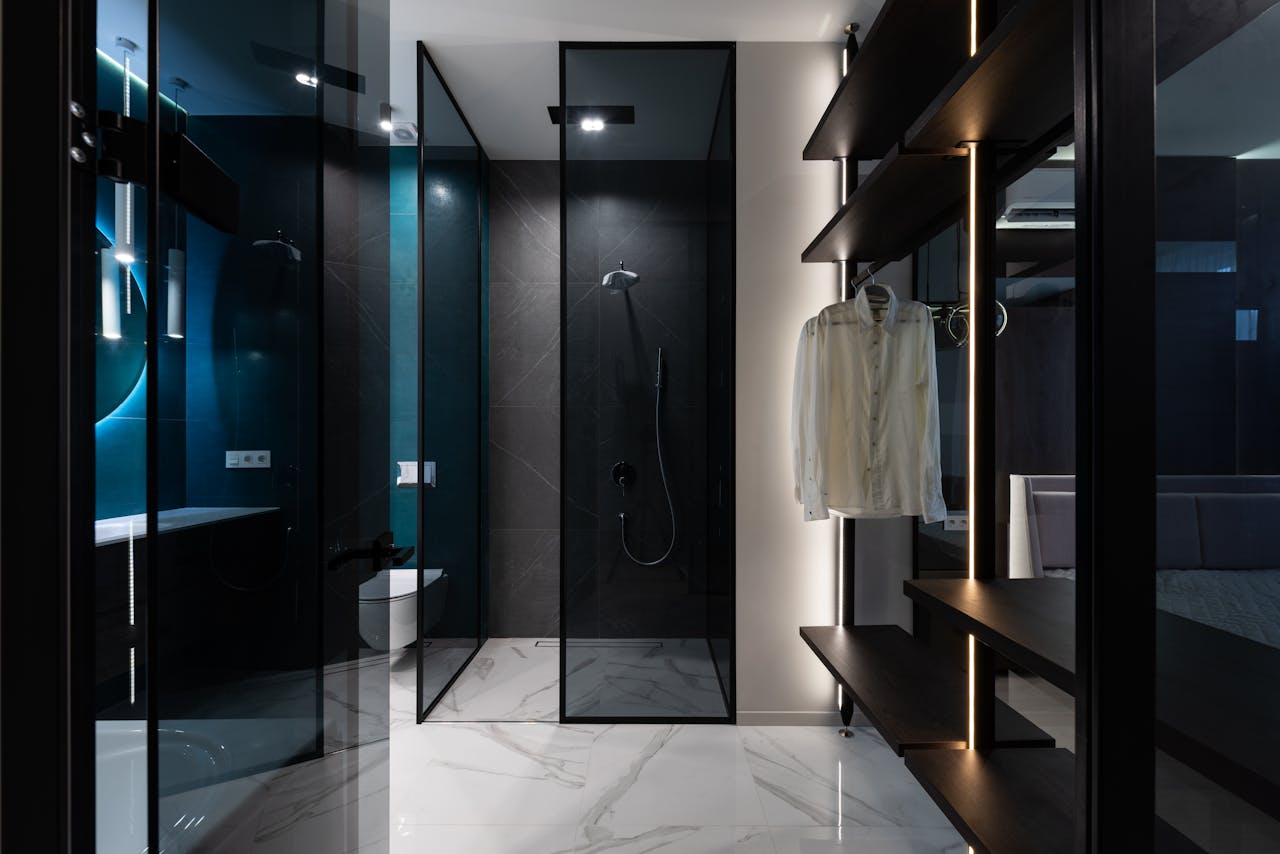
Budgeting Your Bathroom Transformation
Smart budgeting is key to bathroom remodel success. This is particularly the case in cities such as San Francisco, where labor and materials are extremely costly. A complete remodel will usually run you at least $10,000 – $30,000.
Even a modest refresh isn’t cheap, costing between $3,000 and $12,000. As you can see, where you land in this range is largely up to you.For example, you can install basic subway tiles at $1 per square foot, or you can go all out with beautiful graphic tiles over $100 per square foot.
With labor accounting for 40% to 65% of your budget, depending on the scope, it makes sense to carefully map out every phase.
Assess Your Financial Comfort Zone
Begin by determining what you’re willing to spend. Write down your must-haves—perhaps you require new plumbing or electrical work before considering cosmetic improvements.
If your budget cannot expand, center on priorities such as repairing leaks or addressing old wiring. If you have a bigger budget, think about going with custom tile. This could range anywhere from $12 to $35 or more per square foot, depending on labor and materials.
Explore Financing And Loan Options
Consider financing options if you plan to make your expenses more manageable. Home improvement loans are designed for projects like this, and certain banks offer specialized bathroom remodel loans.
Pay attention to interest rates, terms, and eligibility—key if you’re looking to sell your home in the near future.
Prioritize Essential Needs VS. Wants
Essential needs vs Nice-to-haves Prioritize. If your old vanity is in bad shape, be prepared to purchase a new one. Meanwhile, heated flooring might be more of a luxury item.
A phased approach allows you to begin with the essentials and make the upgrades over time.
Factor In Future Utility Savings
Factor in future utility savings. Make smart upgrades that improve your bathroom while reducing future costs. Just making the switch to energy-efficient lighting or low-flow fixtures can significantly reduce your utility bills, which helps recoup your initial investment.
These savings can become significant, especially if you intend to live in your home for many years.
Conclusion
It seems like a bathroom redo that only makes sense for those currently living in a small space, with outdated equipment, or a complicated layout. For those in San Francisco, where home prices are among the highest in the country, even minor upgrades can significantly increase livability and market value. An attractive new shower, improved lights, or high-tech storage can improve their daily life experiences considerably. Beyond appearance, signs like leaky faucets, cracked tile, or old plumbing indicate larger problems. Improving them reduces water waste, a concern during California’s hot summer dry months. You don’t have to spend a lot of money—replacements as simple as a new vanity or improved paint can make a big difference. Want to squeeze more value and ease from your home? Define your priorities, evaluate your budget, and determine what works best for you. Get a jump on your planning now.
Frequently Asked Questions
1. How Do I Know If My Bathroom Needs A Makeover?
If your bathroom is small, uncomfortable, old, leaking, or has mold, it’s time to begin a makeover. If you see things like fixtures showing their age, inadequate lighting, or minimal storage, it may mean your space isn’t doing its job.
2. What Are The Benefits Of Remodeling My Bathroom In San Francisco?
Aside from making your home more enjoyable, a bathroom remodel in San Francisco can significantly increase your home’s value, as well as energy efficiency and appeal. In San Francisco, updated bathrooms continue to lure buyers to a competitive housing market.
3. Is A Bathroom Makeover Worth The Investment?
Yes. Is a bathroom makeover worth the investment? It will make your everyday life more comfortable and lower your water and energy bills through water-efficient, smart fixtures!
4. Who Should Prioritize A Bathroom Makeover Right Now?
Homeowners with decaying bathrooms, persistent water damage or who are willing to sell in the coming years need to make a move now. Families who have needs that are changing or need to be more accessible can be helped with timely updates.
5. What Are Some Popular Bathroom Upgrades In The Bay Area?
Homeowners rave about their water-efficient toilets, walk-in showers, heated bathroom floors, and energy-saving fixtures! These upgrades complement San Francisco’s green lifestyle and help save on utility bills.
6. How Much Should I Budget For A Bathroom Remodel In San Francisco?
Plan on a budget of $15,000 to $40,000, depending on size and level of finishes. Labor costs, especially in the Bay Area, are significant, so budget to ensure the best outcome.
7. Can I Make My Bathroom More Eco-Friendly During A Remodel?
Heck to the yes. Opt for low-flow toilets, LED lighting, and water-saving faucets. Today, most San Francisco homeowners choose eco-friendly materials and energy-efficient ventilation systems.
Your Dream Bathroom Starts With Mares & Dow Construction – Let’s Build A Beautiful Space Together
Thinking about a bathroom remodel in Concord, Walnut Creek, Pleasant Hill, or Lafayette? Whether you’re envisioning a luxurious spa-like retreat or a smart, space-saving update, choosing the right contractor is the most important step in turning your vision into reality.
With over 40 years of proven experience, the team at Mares & Dow Construction & Skylights is trusted throughout Contra Costa County for expert craftsmanship, transparent pricing, and outstanding customer service. We specialize in:
- Bathroom Remodeling – Upgrade your outdated bathroom into a stylish, functional, and energy-efficient space. From elegant tilework and modern fixtures to walk-in showers and custom vanities, we handle every detail with precision.
- Decks and Outdoor Living Spaces – Extend your home’s living space with beautifully designed decks, patios, and pergolas built to last.
- Foundation Repairs and Waterproofing – Protect your home from moisture and structural damage with our reliable repair and waterproofing services.
- Custom Skylight Installations – Brighten your bathroom naturally with premium skylight solutions installed by a certified VELUX 5-Star Skylight Specialist.
- General Contracting Services – From bathroom renovations to larger home improvement projects, we manage every aspect with the highest standards in the industry.
Proudly serving Alamo, Danville, Orinda, Martinez, San Ramon, and the surrounding areas, Mares & Dow Construction & Skylights is committed to delivering exceptional results. Whether you’re a homeowner upgrading your primary bathroom or an investor modernizing a property, we ensure your remodel is completed on time, within budget, and with superior quality.
Don’t trust your bathroom remodel to just anyone. Contact Mares & Dow Construction & Skylights today for a free, no-obligation consultation, and let’s turn your bathroom into a space you love.
Disclaimer
The materials available on this website are for informational and educational purposes only and are not intended to provide construction, legal, or professional advice. You should consult with a qualified general contractor or industry professional for advice concerning any specific construction project, remodeling plan, or structural concern. Do not act or refrain from acting based on any content included on this site without seeking appropriate professional guidance. The information presented on this website may not reflect the most current building codes, regulations, or industry best practices. No action should be taken in reliance on the information on this website. We disclaim all liability for actions taken or not taken based on any or all of the contents of this site to the fullest extent permitted by law.

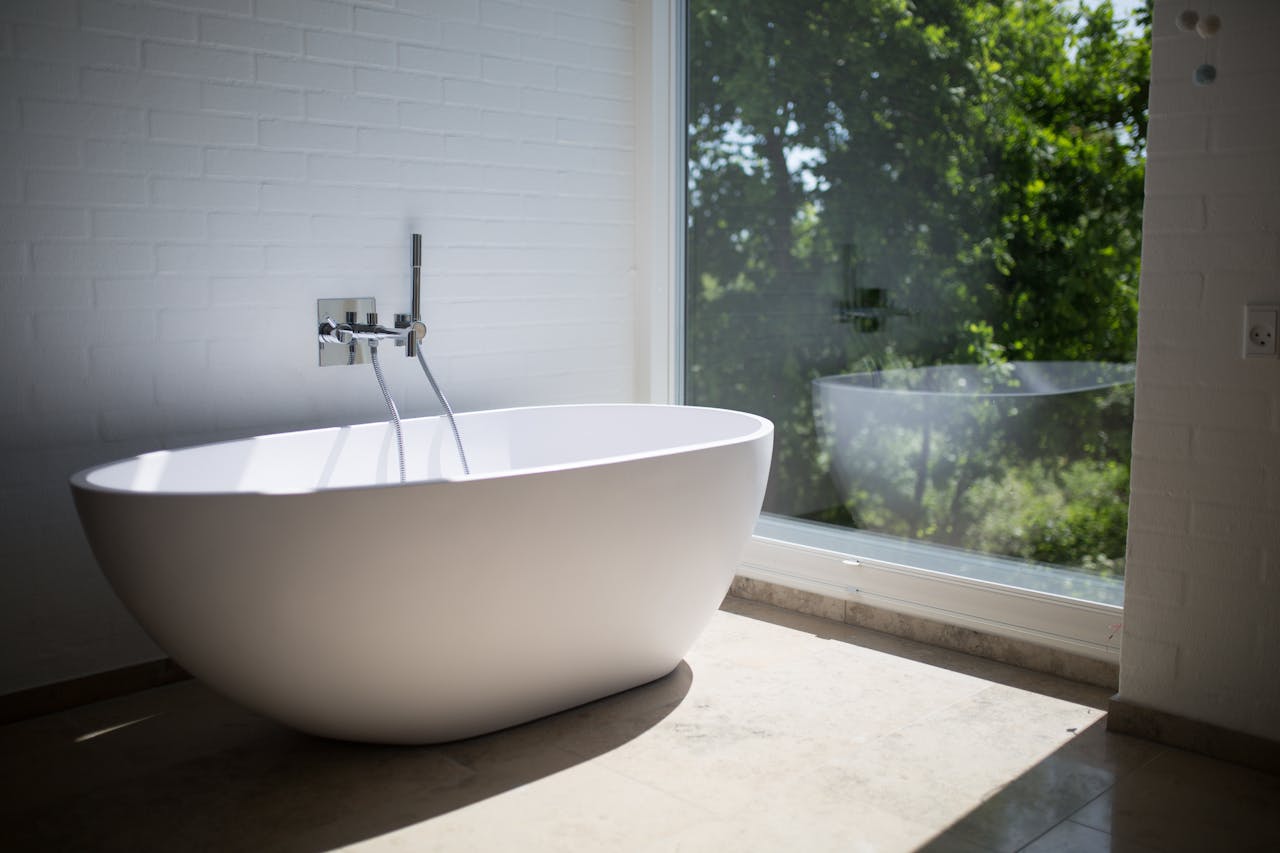

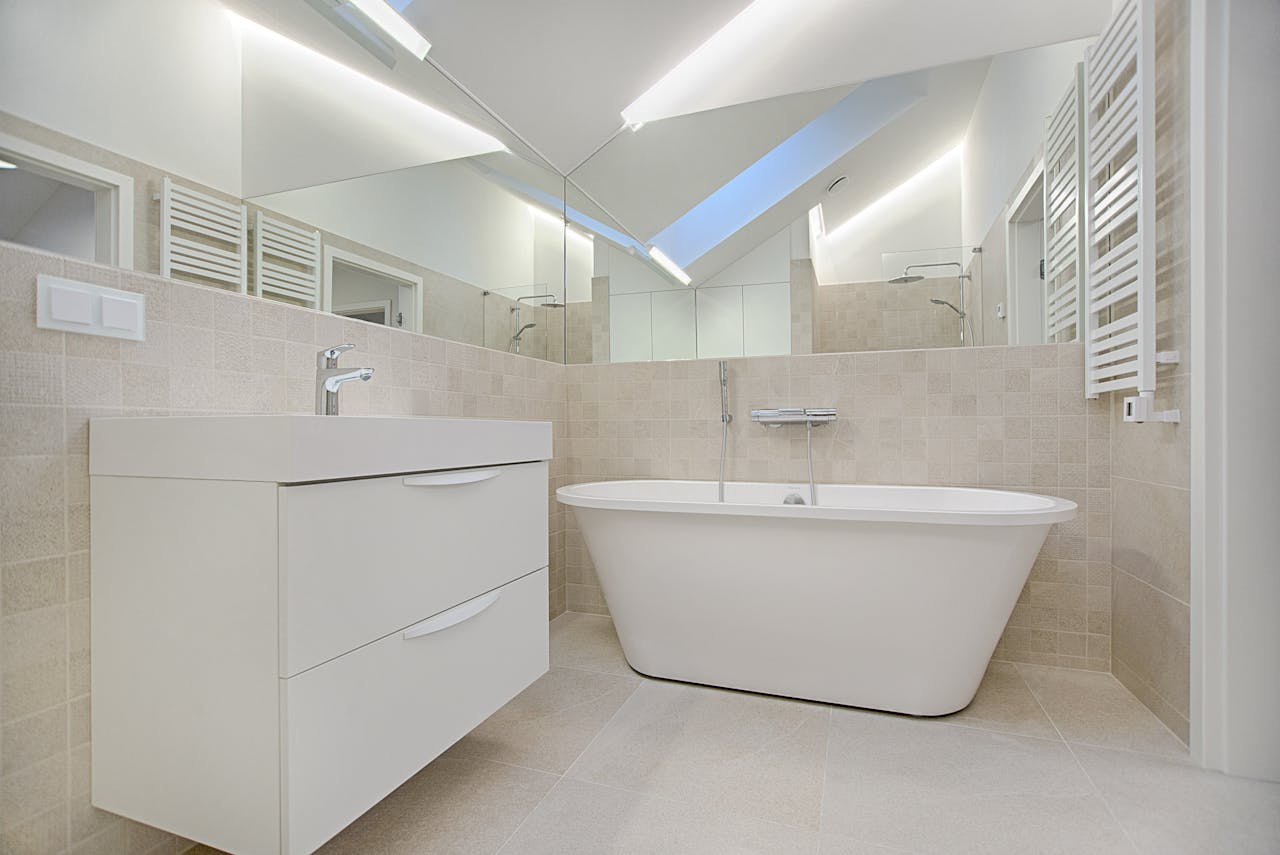
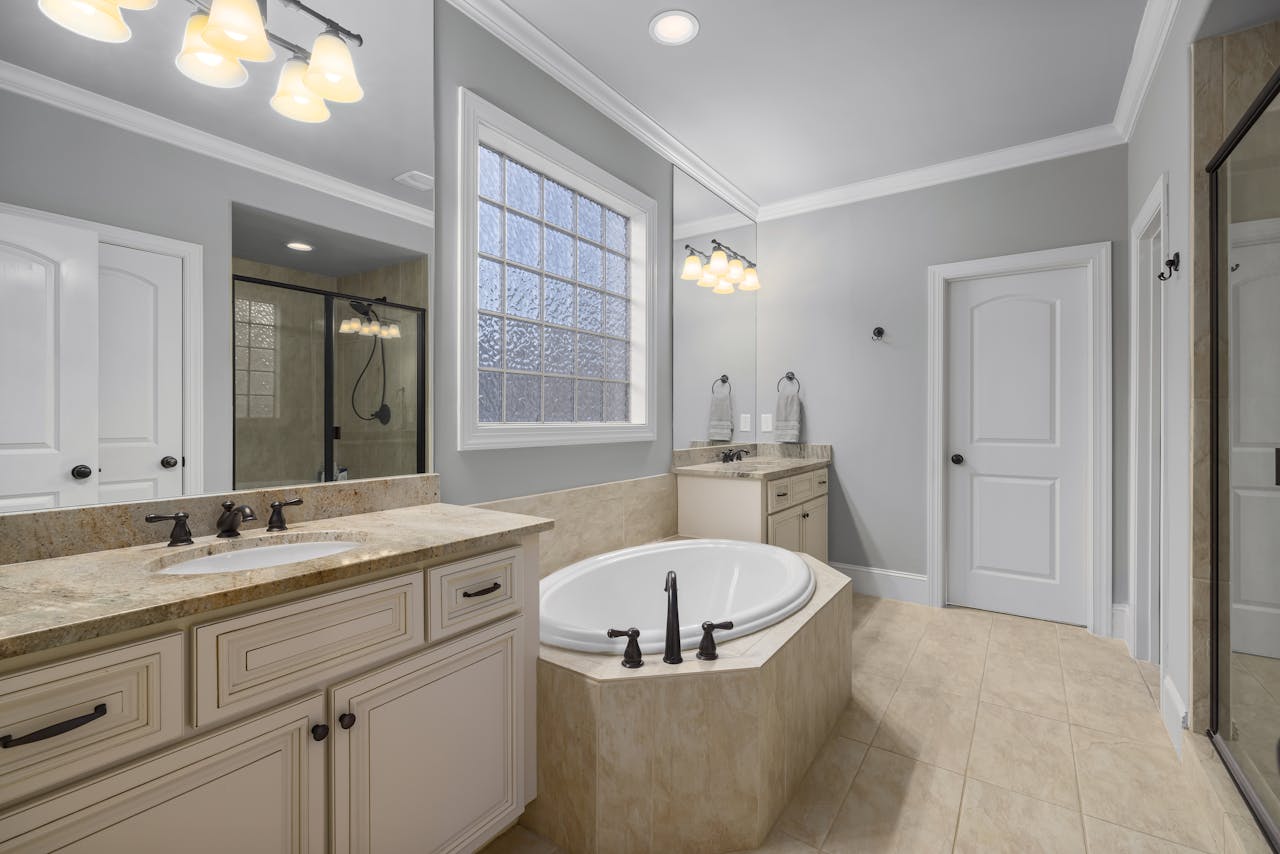
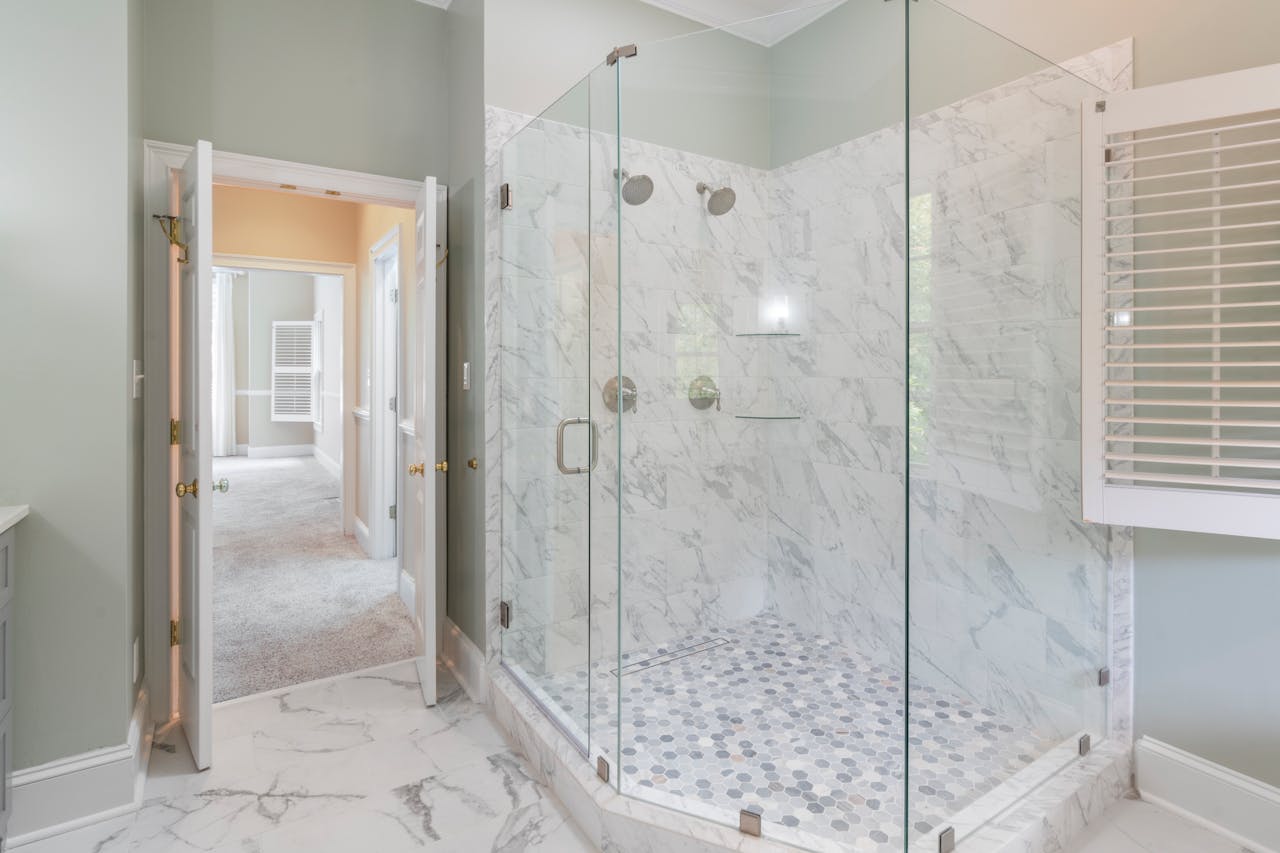
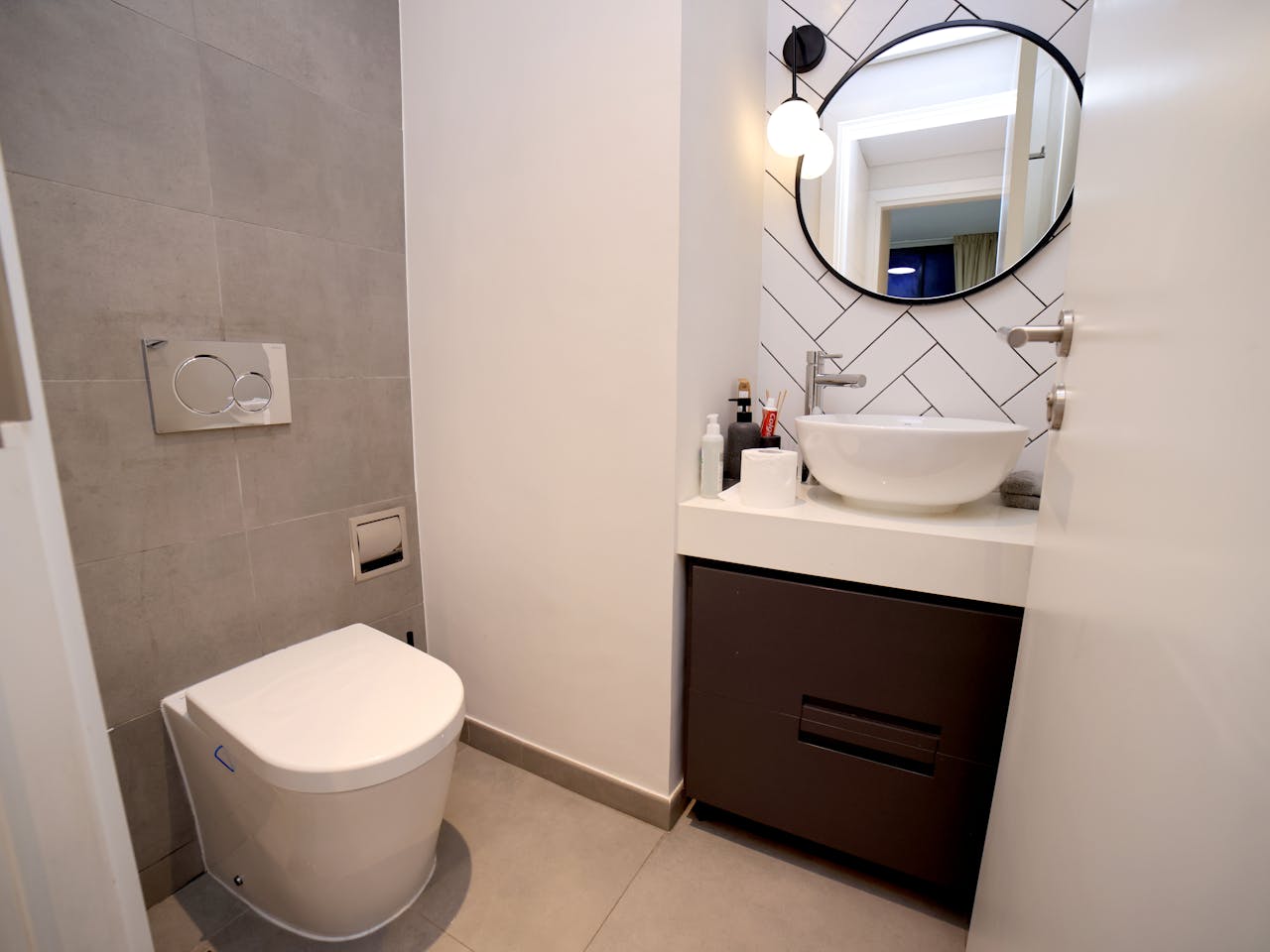






















 based on
based on 

